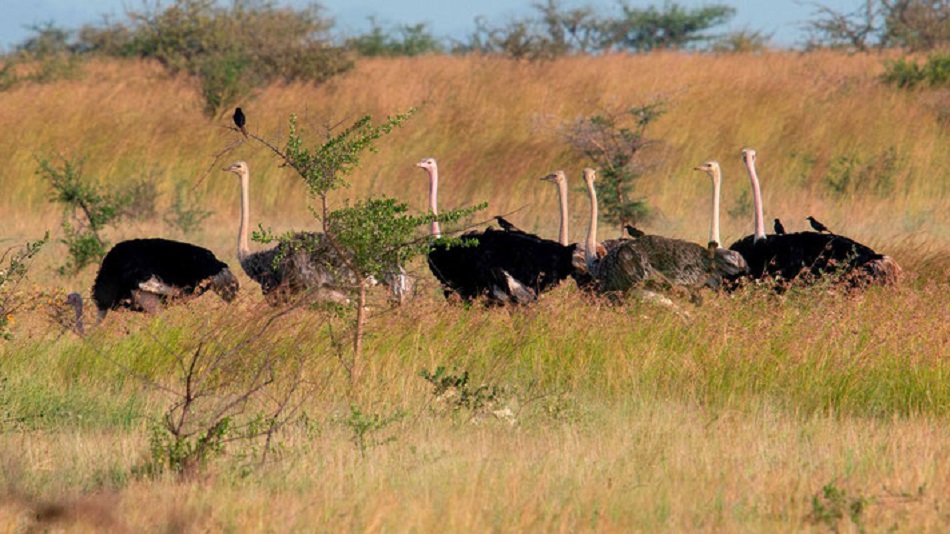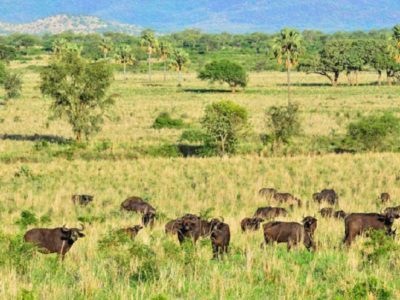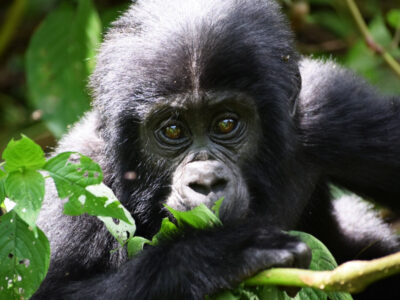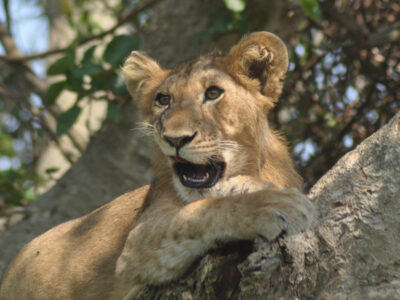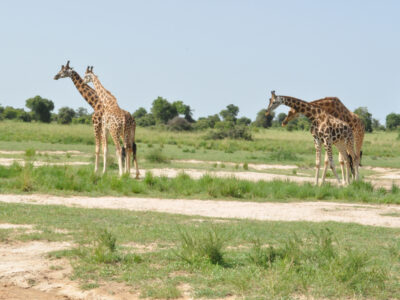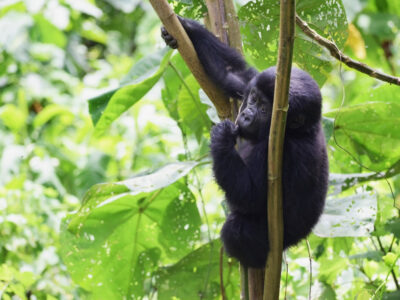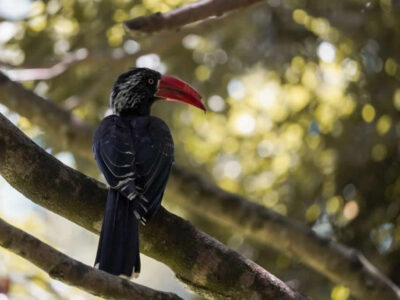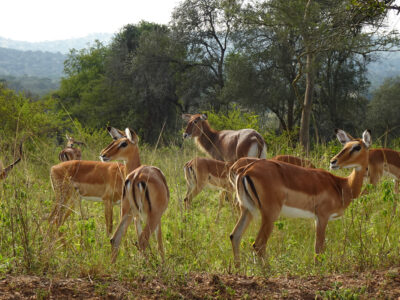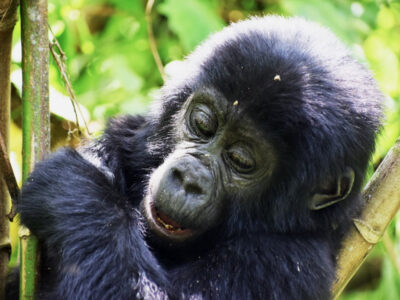In the Kabong district of northern Uganda, you may find Kidepo National Park. The Morungole Mountains enclose this secluded and lonely national park, which is mostly made up of rough Savannah, hills, and large valleys. Due to excessive poaching and forest degradation by the Ik people, the colonial authorities originally designated Kidepo as a wildlife reserve in 1958, and in 1962, Kidepo Valley National Park was established fully as a national park.
In Kidepo National Park, there is just one rainy season per year, despite the fact that it may seem like a long time. The area is semi-arid, with typical temperatures that rise to high levels throughout the day. Since the soil in this area is sandy and cannot retain water for an extended period of time, grasslands and shrubs flourish during the rainy season and quickly wither during the dry season.
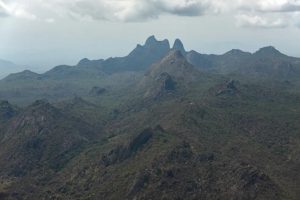
Kidepo National Park is among the major national parks in Uganda, occupied by various Mountains, and hills, and the park’s semi-arid environment makes it ideal for photography. Through on a given day, not many people come to Kidepo, leaving many areas of the park largely undisturbed, and unspoiled. Unlike some African parks, Kidepo provides you with the impression of being by yourself amid the wilds of Africa.
Due to its isolation, Kidepo is rarely visited by Ugandans in general. The global perception of the park was also impacted by the Kony insurrection between the 1980s and the late 1990s. Frequently after invading and killing people in the communities of northern Uganda, the Kony rebels would cross the park. Many foreign embassies labeled the park hazardous for visitors, deterring many potential visitors.
Narus and Kidepo are the two principal valleys that are situated within the park. A river bearing the same name runs through the middle of each of these valleys. During the dry season, the Narus and Kidepo rivers dry up, allowing the animals to subsist in the last little puddles (oasis). The combination of Kidepo’s semi-arid environment, mountains, Savannah grasslands, plains, and wildlife make it the park in Uganda with the nicest terrain. Due to the large concentration of wildlife at Kidepo, it is the best Uganda national park to visit in order to view wildlife in abundance.
Kidepo is one of the top three most beautiful national parks in the world, according to a CNN Travel documentary. Kidepo is the only park in Uganda where visitors may go to witness the African wilderness as it was before modernity, thanks to its very lovely terrain and animals including 76 species of mammals and over474 species of birds.
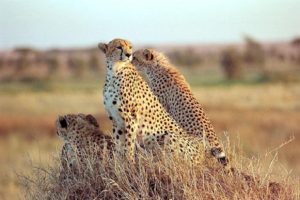
Wildlife species include maneless zebras, ostriches, oryx, cheetahs, and wild canines that are not present in any other national parks in Uganda can be found in Kidepo National Park. Aardwolves, buffalo, caracals, jackals, Klipspringers, elephants, giraffes, hyenas, bat-eared foxes, leopards, and lions are among the other species. Reedbuck, bush duskier, waterbuck, Jackson’s hartebeest, kudu, reedbuck, Uganda kobs, and oribis are some of the antelope species. If it truly is a wilderness with magnificent scenery and wildlife,
Visit Kidepo National Park attractions
The Apoka Tourism Center was thoughtfully constructed with the magnificent Narus Valley as its backdrop. It serves as the focal point for all park events. The majority of the Uganda Wildlife Authority’s (UWA) employees are based here. There are a few lodges being constructed nearby, some of which are owned by UWA. All of the park’s armed rangers and guides are stationed here and ready to accompany visitors on game drives and nature hikes to the park’s farthest reaches.
Craft stores sell books, sodas, alcoholic beverages, drinking water, and other souvenirs. Camping enthusiasts who want to reserve cooking supplies can do so from this place. For those without suitable tour vehicles, there are even tour buses available for hire. During the dry season, visitors can easily see animals as they travel to the Narus valley and dam for water from the Apoka Tourism Center.
One of the most well-known meeting places for wildlife in Africa is the Narus Valley. The valley is a region of gently rolling savannah grassland that is encircled by steep terrain. The Narus River can be found in the valley below. The only remaining sources of drinking water for the animals are the man-made Narus dam and small, muddy ponds during the hottest months of the year when this river dries up. The Narus valley is home to a variety of wild animals, including buffalo, cheetahs, giraffes, Jackson’s hartebeest, leopards, lions, Oribis, and reedbucks.
One of the best spots in the park to see animals is in the Kidepo Valley. The water supplies here, in contrast to the Narus valley, are extremely sparse throughout the dry season. The majority of the river Kidepo dries up and exits the valley in a long white stand-lined route. Ostriches are among the many bird species that reside here, making it worthwhile for birders to pay a visit.
Namamukweny Valley: The Namamukweny Valley is located in the wildlife park’s Northwestern region. In the Napore dialect, the name “Namamukweny” refers to a blea area with few animals or birds. This is untrue with regard to birds. The Abyssinian Roller, Common Bulbul, Eastern Paradise Whydah, Green Wood Hoopoe, and White-crested Turaco are just a few of the species that survive in this remote region.
The park is bordered by the 2,750-meter-tall Morungule Mountains, which also serve as one of its boundaries. On the summit of these Mountains reside the Ik people. With the assistance of a park ranger, visitors can explore the area surrounding the mountains on foot. On the border with South Sudan, past the Kidepo valley and river, are the Kanangorok Hot Springs. Viewing the mountain ranges is fantastic from the hot springs.
Kidepo Valley National Park activities
Game drives: The majority of visitors take a 4-day safari to Kidepo in order to see the animals and participate in the park’s other well-liked activities. The best game drives in Uganda may be found near Kidepo. This is primarily due to the enormous number of mammals and birds that congregate in the park’s vast valleys for feeding. Most of the smaller roads leading to the distant areas are difficult to traverse during the wet season, despite the fact that the main park roads are made of hard murram and are navigable year-round.
Nature Walks & Hikes: These tour experiences can be made on foot while being led by a skilled park ranger. One of the most well-liked activities in the park is hiking up the Morungole Mountains. Some guests like taking a stroll to the dream lodge that Uganda’s infamous tyrant Idi Amin began but never finished.
Bird-watching: The number of bird species that can be found in the park has not been fully counted because some areas are unexplored and hardly visited. The Egyptian Vulture, Pygmy Falcon, and Verreaux’s Eagle are just a few of the resident birds of prey found in Kidepo Valley National Park. These birds are unique to Kidepo and the Karamoja region.
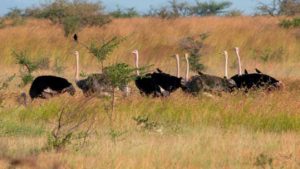
The largest and most noticeable bird in Kidepo is the ostrich. This enormous bird is only seen in Kidepo Valley National Park in Uganda and in the Entebbe Wildlife Conservation Center home to this bird. The Uganda Wildlife Authority takes eggs from the bushes and artificially hatches them to expand their population in the park. There are other birding destinations in Uganda you can choose to experience a variety of bird species including endemic and migratory species during your adventure tours in Uganda.
Visiting the Karamojong: The nomadic pastoralists known as the Karamojong are found in parts of North Eastern Uganda, notably the region near Kidepo National Park. The Karamojong, who are linked to the Masai of Kenya, live for their animals and are devoted to them.
The Karamojong consider themselves the rightful owners of all cattle on earth. They think that at some point in the past, any cattle that were not their own were stolen from them. This mindset causes the Karamojong to raid other tribes for cattle without feeling guilty since they believe they are reclaiming what is rightfully theirs.
Because the Karamojong are one of the few tribes in Uganda that continue to live as they did thousands of years ago, visiting them is an extremely intriguing cultural experience on a Uganda tour. The Karamojong is a fantastic place to see life as it was for the majority of African tribes roughly a century ago.
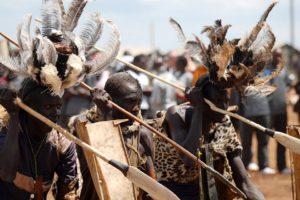
Visiting the Ik People: On the crest of the Morungole Mountains, the Ik people lead a solitary existence. The Ik are thought to have originated in Ethiopia before settling around Kidepo. Before the Karamojong arrived, the Ik inhabited the Kidepo region for a considerable amount of time. They were compelled to flee to the mountain summits to protect themselves due to ongoing battles with the Karamojong and other tribes like the Dodoth. The unique language and culture of the Ik are under threat from modern civilization and a declining population. One of the best cultural experiences in Uganda is a visit to the Ik and Karamojong people, which you should not skip when on a safari in Kidepo National Park. The cultural contacts reveal their enduring customs, language, dances, music, attire, and hunting techniques.
Accessing Kidepo National Park
Kidepo National Park is located 521 km away from Kampala city, and there is only one long route from Kampala-Gulu-Kitgum that runs through the Karamojong region and passes various gates. The easiest way to access this park is by charter flight from either Entebbe Airport or Kajjansi Airstrip, which can be organized by your safari operator primarily for international travelers.
Best season to visit Kidepo national park
In general, Uganda experiences two dry and wet seasons. The greatest times to watch wildlife are December through March and July through August, both of which are dry months. The Kidepo and Narus rivers dry up during this season, leaving a little oasis where the animals congregate in great numbers to drink. Perfect opportunities for wildlife viewing and photography are provided by this gathering of animals. Because there is plenty of food and water everywhere, the rains restore the rivers, and the animals tend to scatter and forage in smaller groups.
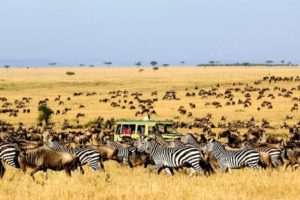
The heat and dust may make some visitors uncomfortable, despite the dry season’s benefits. Even during the brief rainy season, you can see the animals well. The best time to go birding is when migratory birds join the animals. When it rains, the park’s natural splendor is brought to new heights with incredible greenery.
Unfortunately, during the rainy season, some animals leave the swamps and rivers to travel to higher ground, forcing tourists to go in search of them. We advise you to check out our 4-day tour itinerary in Kidepo national park for the greatest adventure experience in Uganda.
Accommodations at the park
Compared to the other significant parks in Uganda, Kidepo Valley National Park offers fewer lodging alternatives. The hotels and lodges are all thoughtfully positioned within the park to allow visitors to marvel at the amazing scenery that makes the area unique. Though guests are always guaranteed a room in the park, it is best to reserve accommodation before traveling for a safari to prevent any difficulties. Budget, mid-range, and luxury lodging are the three categories into which lodging is broken down to suit your choice.
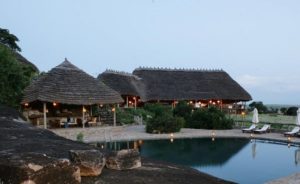
Apoka Safari Lodge: This opulent lodge was constructed in a location that gives residents a distant view of the Narus River. Large beds, plush carpets, towels, and duvets are included in the room’s furnishings, which are constructed from local resources. The room’s walls are decorated with local artwork to give guests a sense of being outside. At the back of the lodge, there is a communal living area with a sizable stone bathtub. Solar energy and electricity work together to keep the lights on continuously. Visitors are flown by the lodge’s tiny plane from Entebbe to the local airfield.
Nga’Moru Wilderness Camp: Without sacrificing quality, Nga’Moru (the location of rocks) offers both moderately priced and inexpensive cabins. The camp also has a great view of the park’s Narus Valley, where animals may be seen drinking and eating at the river Narus. Typically, a bonfire is built in the evening to encourage socializing and to take in the breathtaking African night. There are parking spaces and laundry facilities at the site.
Apoka Rest Camp: This inn has both inexpensive and moderately priced accommodations. Because the Uganda Wildlife Authority owns the lodge, lodging costs are considerably lower here. 14 self-contained bandas and 16 self-contained chalets make up the camp. The bandas are made for travelers on a tight budget and provide basic amenities. If you plan to stay in one of the bandas, you must provide your own food and beverages. Staff members can arrange to make food in the park for guests staying for longer periods of time. Those who want to camp must bring their own tents or pay to rent them from the staff.
Kidepo Savannah Lodge
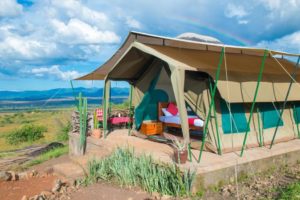
The Kidepo Savannah Lodge is located close to the park’s Kalokudo gate and provides both opulent and basic tent accommodations. The opulent tents are self-sufficient and provide stunning views of one of Africa’s last unexplored wildernesses. Visitors on a budget can stay in the basic tents, which can be shared. Outside of their tent or lodge space, visitors may see the stunning hills that form the boundary with South Sudan, the Morungole Mountains, and the Narus valley. Visitors can make arrangements to see the adjacent Ik and Karamojong populations. The bar and restaurant serve food and cold beverages, and laundry services are available whenever needed.

